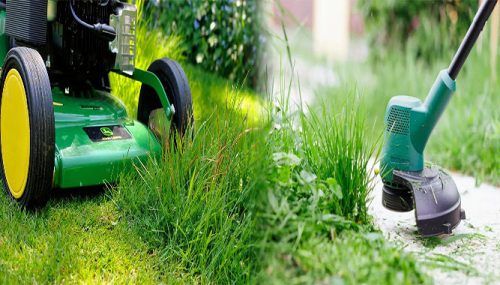Maintaining a lush, green lawn throughout the year requires proper care and attention, especially as the seasons change. By following best practices for seasonal lawn care and maintenance, homeowners can ensure that their outdoor spaces remain healthy and vibrant. Here are some essential tips for caring for your lawn during each season.
Spring
- Clean Up: Remove any debris, such as fallen leaves and branches, that has accumulated over the winter.
- Aerate the Soil: Loosen compacted soil to allow air, water, and nutrients to reach the roots of the grass.
- Overseed: Fill in any sparse or bare areas of the lawn with new grass seed to promote a thick, even turf.
- Fertilize: Apply a slow-release fertilizer to provide essential nutrients for new growth.
Summer
- Mow High: Set your lawnmower to a higher cutting height to shade the soil and promote deeper root growth.
- Water Deeply: Water the lawn deeply and infrequently to encourage the development of a healthy root system.
- Watch for Pests: Keep an eye out for signs of pests and address any infestations promptly to prevent damage to the lawn.
- Limit Foot Traffic: Minimize foot traffic on the lawn during hot, dry periods to reduce stress on the grass.
Fall
- Rake Leaves: Regularly remove fallen leaves to prevent them from smothering the grass and inhibiting growth.
- Continue Mowing: Gradually lower the cutting height of the mower as the grass growth slows to prepare for winter.
- Fertilize Again: Apply a fall lawn fertilizer to help the grass recover from the stresses of summer and prepare for winter dormancy.
- Aerate and Overseed: Once again, aerate the soil and overseed any thin or damaged areas to encourage thick, healthy growth.
Winter
- Keep Off the Grass: Avoid walking on the lawn when it is frosty or covered in snow, as this can cause damage to the grass.
- Inspect for Winter Damage: After snow melts, assess the lawn for signs of winter damage and address any issues as soon as possible.
- Prepare for Spring: Plan for spring lawn care tasks, such as dethatching and soil testing, to ensure a healthy start to the new growing season.
By following these best practices for seasonal lawn care and maintenance, homeowners can promote the health and beauty of their lawns year-round. With proper attention to the changing needs of the grass and soil, a vibrant, lush lawn can be enjoyed throughout every season.

